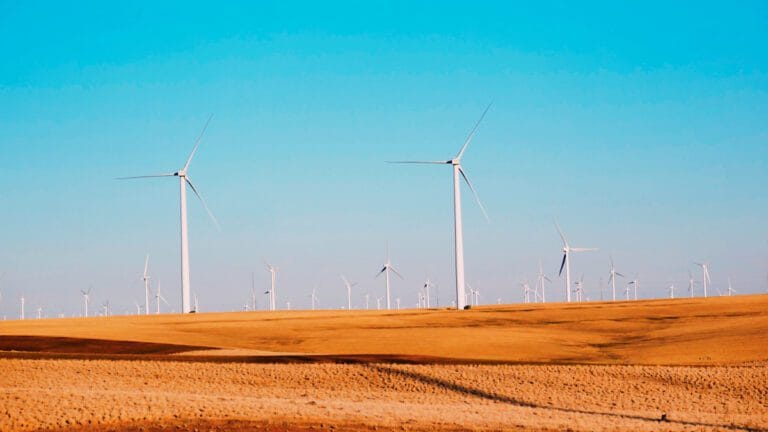A key milestone has just been reached in the seawater desalination project in Dakhla. The 60 MW wind farm, intended to power this future strategic infrastructure, is now operational. Even better, its first gigawatt-hours have been injected into the grid, marking the beginning of a new era for sustainable water and energy resource management in the region.
A structuring project for Dakhla and its region
This large-scale project is based on an innovative model combining renewable energies and water infrastructures. In the long term, its impacts will be significant:
- 112,000 m³ of freshwater produced every day through desalination, amounting to 37 million m³/year.
- 5,200 hectares of agricultural land irrigated, ensuring sustainable agricultural production.
- 7 million m³/year dedicated to the drinking water supply of Dakhla and its region.
- A portion of the electricity produced will be made available to industries, providing them with a clean and competitive energy source.
This project perfectly illustrates the concept of the energy-water-agriculture nexus. By combining green energy production and responsible water resource management, it constitutes a model of sustainable development, reconciling water security, agricultural productivity, and carbon footprint reduction.
A strategic lever for Morocco
Dakhla, thanks to its favorable climatic conditions and strategic positioning, is emerging as a key hub for the development of renewable energies and innovative water solutions. This project fully aligns with Morocco’s vision to strengthen its energy and water autonomy while promoting sustainable and resilient solutions to climate challenges.
The completion of the wind farm and the injection of the first gigawatt-hours mark a major advance for the region. The next steps will be crucial to realize all the expected benefits and make Dakhla a model of sustainability at both national and international levels.


